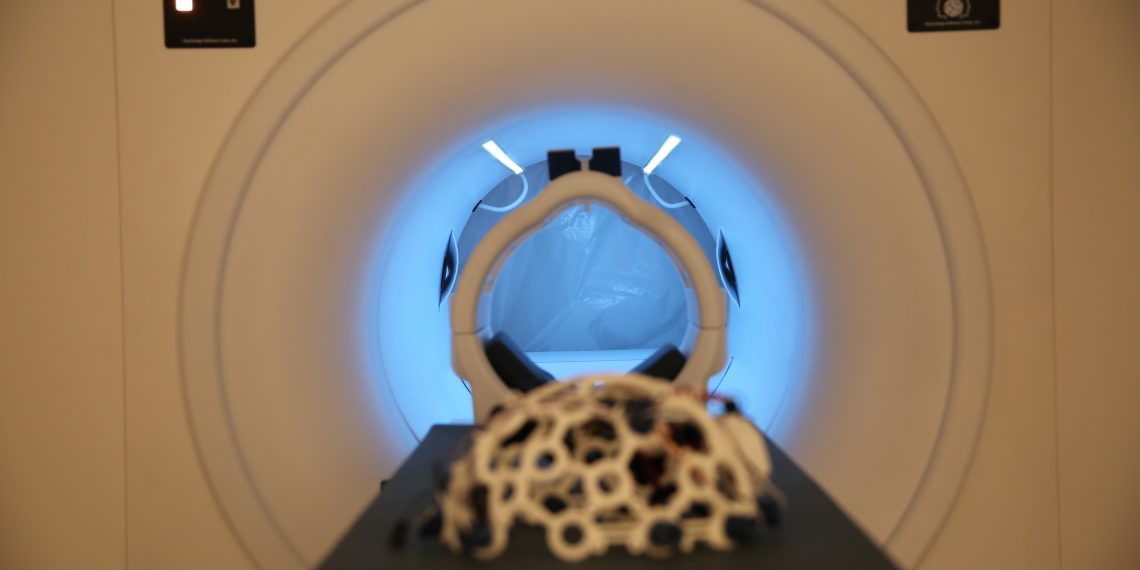A team of researchers from INESC TEC and the University of Munich tested a solution to classify seizures, the main symptom of epilepsy, using infrared radar and 3D videos. The study presents an innovative approach, which is the first to consider near-real time classification from two second samples, showing the feasibility of a system to support diagnosis and monitoring process (based on action recognition) that uses deep learning; it allows distinguishing between frontal and temporal lobes seizures (the two most common classes of epilepsy), or non-epileptic events. The results of this research were recently published by Nature Scientific Reports.
Epilepsy is a chronic neurological disease that currently affects 1% of the world’s population, with seizures as the defining symptom – whose semiology is crucial to diagnose potential occurrences. The analysis of seizures, to determine the seizure onset zone, is usually done using videos, particularly 2D video-EEG (electroencephalogram) at epilepsy monitoring units (EMUs), by specialised healthcare professionals. “During clinical diagnosis, the clinicians utilize these videos to visually recognise movements of interests defined by movement features (semiology)”, explained Tamás Karácsony, a researcher at INESC TEC and CMU Portugal Affiliated Ph.D. Student at the Faculty of Engineering of the University of Porto (FEUP).
However, the semiology assessment is limited by a high inter-rater variability among said professionals, and despite being promising, the automatic and semi-automatic approaches using computer vision still depend on considerable “human in the loop” effort. “A patient is usually monitored for several days, which must be fully reviewed afterwards for the seizures. This requires a lot of time and effort from the clinical staff”, added the researcher.
In this sense, the researchers have developed a deep learning-based approach for the automatic and near real-time classification of epileptic seizures. This approach is the first to consider near-real time classification from two second samples, as other approaches utilize information from the full seizure (several minutes typical duration). “We present a new contribution inspired by the way experts analyse the semiology of seizures, taking into account not only the presence of specific movements of interest in different parts of the patients’ bodies, but also their dynamics and their biomechanical aspects, such as speed or acceleration patterns, or range of motion,” stated Tamás Karácsony.
The team turned to the world’s largest 3D video-EEG database, and extracted videos of 115 seizures, first developed a semi-specialised and automatic pre-processing algorithm to remove unnecessary environments from the videos. In practical terms, two image cropping methods are combined – depth and Mask R-CNN –, providing a clean scenario and, consequently, improving the extraction of relevant information from the available videos, minimising unrelated variations, and improving the seizure classification process.
“Our solution utilizes an action recognition approach with an intelligent 3D cropping of the scene to remove unrelated information, such as clinicians moving around the patients. By removing it, our method significantly improved classification performance”, he explained.
According to João Paulo Cunha, co-author of the study, principal investigator of this international project and professor at FEUP, this research has also proven the feasibility of a solution to support online monitoring – using Artificial Intelligence based on action recognition to differentiate epileptic seizures. “This work shows the feasibility of our action-recognition approach to distinguish three classes of epileptic events – two classes of epilepsy and a third class of non-epileptic events – with only two seconds of samples, making this method the first in the DL literature to this clinical video scenario to show near-real-time monitoring capability.
Therefore, in translating this knowledge to improved diagnosis and treatment, the approach serves two purposes: “The knowledge gain can be used in the diagnostic step of EEG-Video-Monitoring for epilepsy and its differential diagnoses. It will increase diagnostic accuracy, make the stay more efficient and gain insight on the relationship of the underlying epilepsy and its core symptom of seizures. In further development, it may be used for home monitoring for seizures in therapy refractory epilepsy.” said Prof. Rémi, LMU, Munich and co-author of the paper.
More research is required before this system can be implemented in everyday clinical practice. Nevertheless, in the long-term the system is expected to benefit the clinicians, hospitals and patients. “With automated diagnosis support, the clinicians have to spend less time reviewing the videos, thus can treat more patients, hopefully make better decisions, which reduces associated costs (material and health) for clinics and society”, concluded the INESC TEC researcher.




 News, current topics, curiosities and so much more about INESC TEC and its community!
News, current topics, curiosities and so much more about INESC TEC and its community!